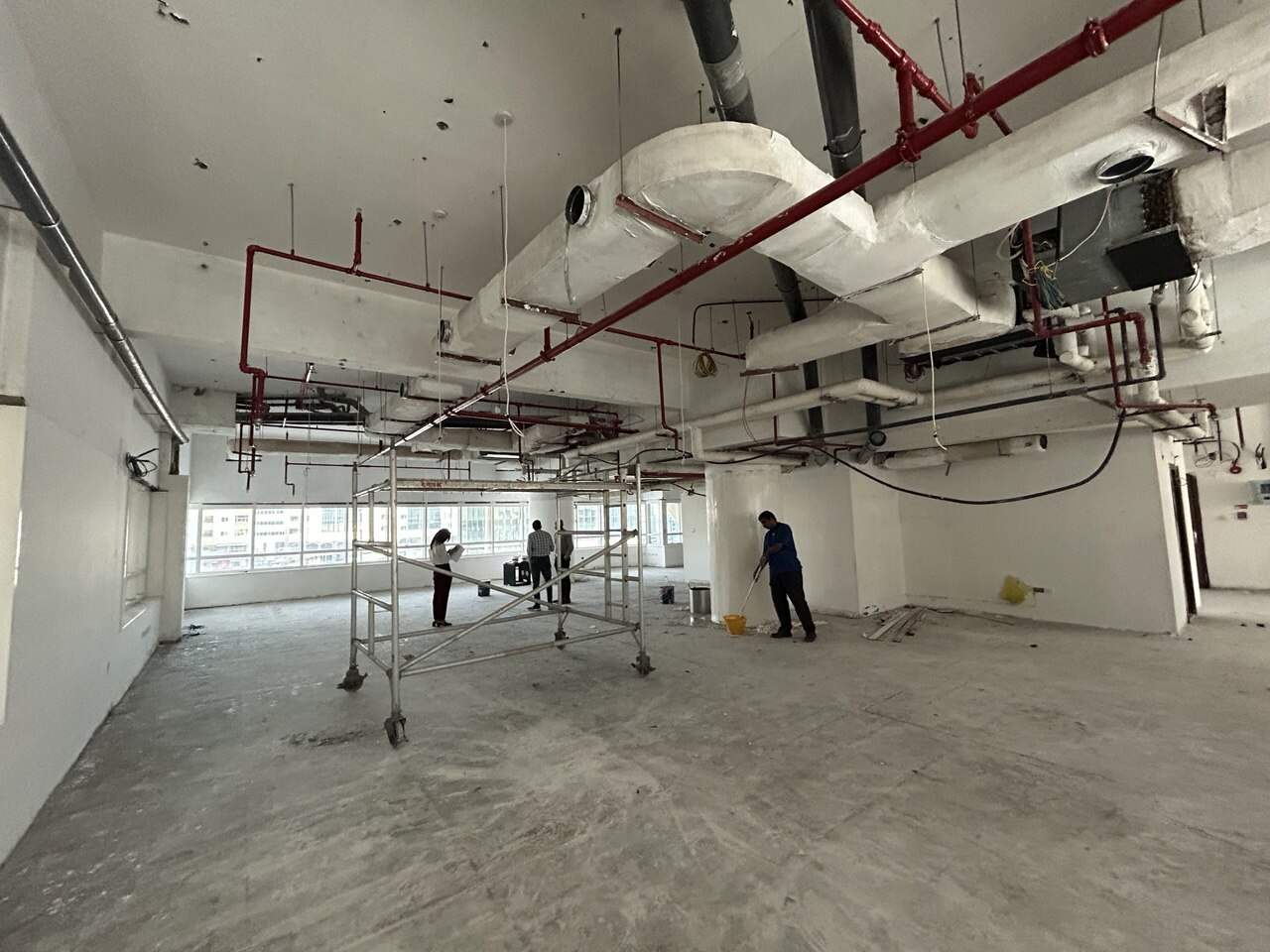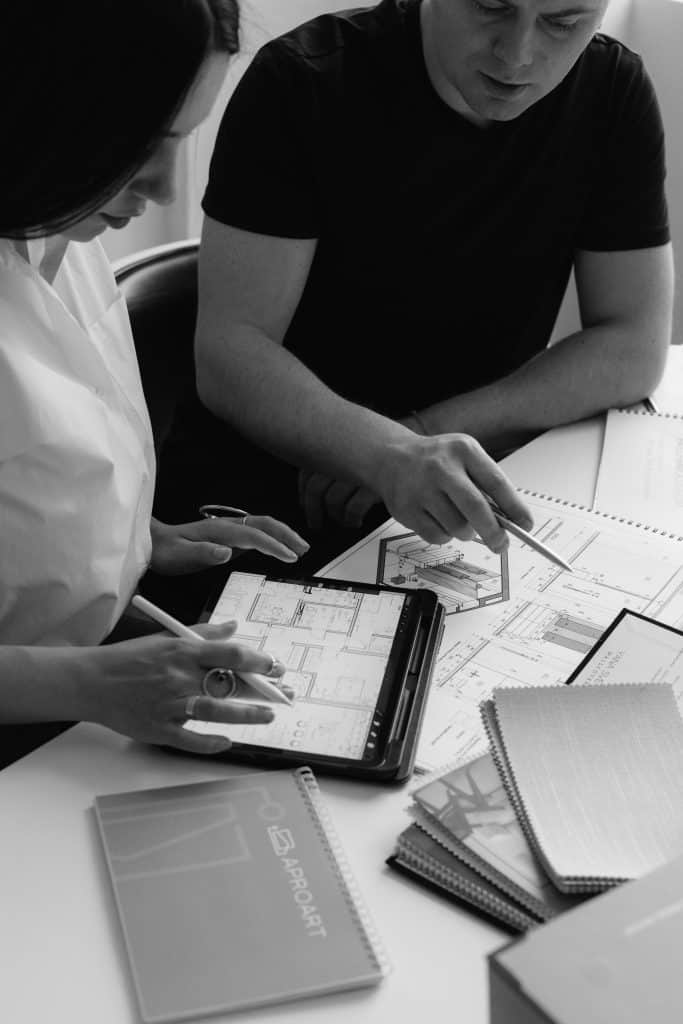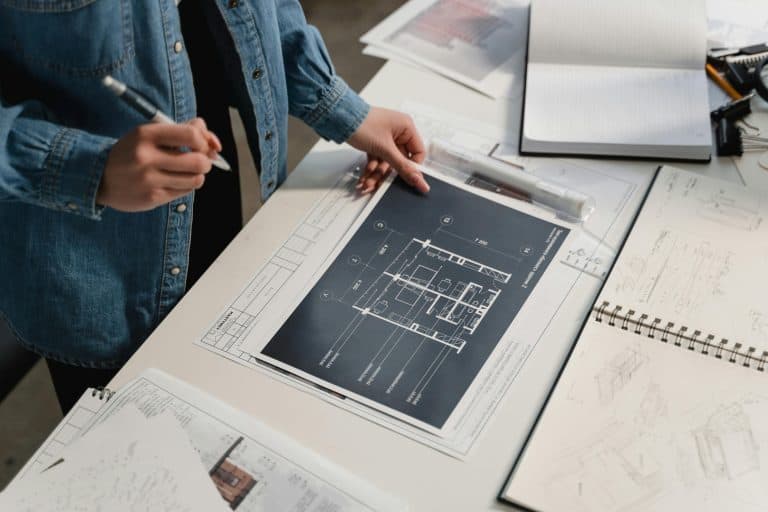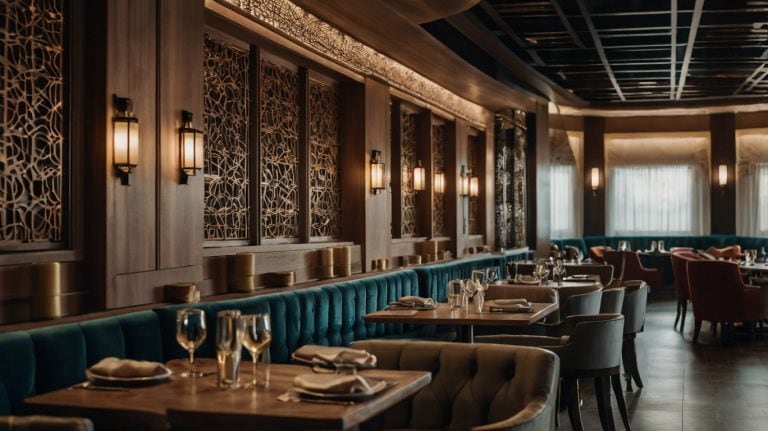How to Manage Interior Fitout in Dubai in 7 Clear Stages

How to Manage Interior Fitout in Dubai in 7 Clear Stages
Interior fitout in Dubai might seem exciting at first—sleek designs, luxury finishes, and stunning transformations. However, once the project begins, reality sets in. Suddenly, you’re dealing with confusing permits, tight deadlines, and a contractor who starts ignoring your WhatsApp messages.
Whether you’re building an office in DIFC or opening a retail store in Dubai Mall, interior fit-outs are a big deal. There’s money on the line, tight schedules to follow, and a lot of moving parts. One small mistake can set everything back—and cost you extra.
The good news? You don’t need to be a construction expert to get it right. With a clear plan, the right team, and a basic understanding of how the process works in Dubai, you can create a space that looks amazing and works perfectly for your business.
This guide will walk you through everything—from picking a fitout contractor to passing final inspections—so you can manage your interior fitout in Dubai like a pro, minus the stress and surprises.
What is Interior Fitout in Dubai?
Interior fit-out in Dubai refers to the process of converting a bare shell or core space into a fully functional and beautifully designed interior suited for commercial, retail, hospitality, or office use. In the UAE context, this often involves aligning with local authority approvals, such as those from Dubai Municipality, Trakhees, or the Department of Civil Defense (DCD), and meeting specific fire, civil defense, and sustainability regulations.
Reasons You Need to Know about Interior Fitout in Dubai
Dubai’s fit-out market is fast-paced, competitive, and heavily regulated. Without the basics, you’ll either overspend or underdeliver.
Here’s why you should care:
- Dubai’s regulations can delay your project if ignored
- Fit-out quality impacts brand perception and customer experience.
- The wrong contractor could cost you more than just money
- Efficient layouts help maximize ROI per square foot
- Poor planning can result in massive rework post-inspection
Learning the fitout process gives you control, confidence, and clarity in one of the world’s most dynamic cities.
Step-by-Step Guide to Successfully Manage Your Interior Fitout in Dubai
Step 1 – Set Your Vision and Budget
Tackling an interior fitout in Dubai doesn’t have to be overwhelming. Whether you’re setting up a retail store, café, or office, this step-by-step guide helps you get the job done right, on time, on budget, and with less stress.
Before anything else, decide how you want your space to look and feel. Think about:
- The vibe (modern, minimal, luxury, etc
- Business goals (high foot traffic, cozy ambiance, efficient workflows)
- Size of the space
- What’s necessary vs. nice-to-have
Then, set a clear budget. This provides your contractor with a solid starting point and helps prevent overspending.

Step 2 – Choose the Right Fitout Contractor
Not just any contractor will do. In Dubai, you need a company that is:
- Licensed by Dubai Municipality, Trakhees, or TECOM (depending on your location)
- Experienced with the type of space you’re building (e.g., café, salon, office)
- Familiar with approval processes and has past projects you can review
Ask for timelines, samples of completed work, and confirmation of their approval process.
Step 3 – Prepare Design Plans and Submit for Approvals
Now the creative work begins. Your contractor and designer will:
- Draft 2D layout plans and 3D visuals
- Create MEP (Mechanical, Electrical, Plumbing) plans
- List all materials and finishes in a BOQ (Bill of Quantities)
These documents are submitted to authorities like:
- Dubai Municipality
- DCD (Civil Defense)
- DEWA (Electricity & Water)
- Your landlord or building management
Be prepared for edits—it’s normal to go back and forth during this stage.
Step 4 – Start the Fitout Work
Once you have the green light, construction starts. This phase includes:
- Building walls and partitions
- Installing flooring, ceilings, lighting, AC units, and plumbing
- Painting, tiling, and other finishing touches
Regular site visits or check-ins help catch issues early and keep things on schedule.
Step 5 – Do Snagging and Final Touch-Ups
Near the end of the project, you’ll walk through the space with your contractor to identify any items that need fixing (this is called snagging). This might include:
- Paint touch-ups
- Fixing door hinges or electrical sockets
- Adjusting lighting or plumbing
Everything gets sorted before the final inspection.
Step 6 – Get Your Completion Certificate
After snagging, your contractor will call for final inspections from the authorities. Once everything passes:
- You get a completion certificate (also called a fit-out NOC)
- You’re officially allowed to open your space to the public.
This is a significant milestone—your project is fully approved and ready to go.
Step 7 – Move In and Launch
Time to furnish, decorate, and move in! This is when you:
- Set up tech and equipment
- Add branding, signage, and displays.
- Train your team (if it’s a business)
Once everything’s in place, you can open your doors to customers or clients.
Key Considerations For Successfully Managing Interior Fitout in Dubai
- Timeline matters: Mall-based or corporate spaces may impose strict working hours or night-only schedules. Factor this into your Gantt chart.
- Regulatory layers: DEWA, DCD, TECOM, and Dubai Municipality have separate checklists. Partner with contractors who’ve passed these audits many times.
- Cultural relevance: Dubai values luxury, quality, and speed—your fit-out should reflect all three.
Taking it to the Next Level: Smart Fitouts for Dubai Spaces
Want to future-proof your interior? Go smart. Integrate IoT systems, motion sensors, energy-efficient lighting, and climate control systems. Dubai is pushing for greener, smarter buildings—be ahead of the trend.
Alternatives to Traditional Interior Fitout
If you’re limited by time or budget:
- Modular interior solutions: Quick installs, scalable later
- Design-and-build contracts: One firm handles both design and execution
- Cat A handovers: Ask the landlord for a semi-finished space to reduce your workload
Wrapping Up
Over the years, I’ve worked closely with interior fit-out teams across Dubai, from DIFC offices to Downtown boutiques. If there’s one thing I’ve learned, it’s this: planning beats panic. A great interior fit-out in Dubai isn’t about flashy furniture or endless budgets. It’s about working smart, staying compliant, and delivering a space that’s both functional and fabulous.
Frequently Asked Questions
Q: How long does an interior fit-out take in Dubai?
Most commercial fit-outs take 6–12 weeks, but timelines depend on the authority approvals and the size of the space.
Q: What’s the cost of an interior fitout in Dubai?
Prices vary depending on materials, scope, and building type, ranging from AED 300 to AED 1,500+ per sq.m.
Q: What approvals do I need to obtain?
Typically, you need approvals from Dubai Municipality, DCD, DEWA, and your building’s landlord. Trakhees or TECOM may be involved in free zones.
Q: Can I use my designer and contractor?
Yes, but they must be licensed and pre-approved by the relevant authorities and your landlord.
Q: Do I need fitout insurance?
Many buildings require contractors to have all-risk insurance and liability coverage before work begins.


